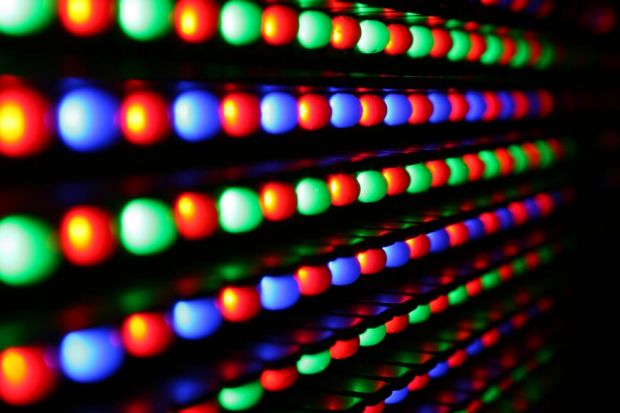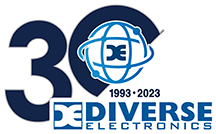Blog
Why You Should Integrate Adhesives into Your LED Manufacturing Process

Across the industry, manufacturers of LED lamps are discovering the benefits of high-performing adhesives over the use of mechanical fasteners like screws and clips. Whether comparing the two assembly methods by manufacturing cost, productivity or performance, adhesives often emerge as the most advantageous option. So, why should you consider integrating adhesives into your LED design?
-
Lower Manufacturing Cost
Mechanical fasteners were preferred in decades past, but modern adhesives and manufacturing methods have largely rendered these obsolete. Light cure and other instant adhesives provide instant curing so no racking or ovens are required. Today’s adhesives also do a much better job joining tough-to-bond surfaces like powder coating, and low-energy plastics such as polypropylene or polyethylene.
In addition, adhesives can be applied with low-cost dispensing equipment that easily and quickly converts to address different lamp/luminaire designs. Extra steps required to successfully use adhesives in the past — things like primers, special surface preparation, oven energy costs and adhesive cure time — are no longer cost drivers. -
Simplified Designs
Adhesives and sealants can fill gaps up to .25 inches, allowing for looser parts molding and stamping tolerances, as well as simpler designs than those required for attachment with screws or clips. An adhesive bond line also seals out dust and moisture without the use of separate rubber or composite gaskets. By using adhesives, your LED designs will perform better and look sleeker, thanks to no unsightly hardware. -
Improved Production Throughput
Adhesives boost manufacturing throughput by eliminating such production steps as drilling, threading, and the insertion and tightening of screws, washers, nuts, rivets, etc. -
Long Term Performance
The bond strength and long-term fatigue resistance of adhesives is up to 20 times that of mechanical fasteners, especially when thermal cycling, vibration and dissimilar substrates are being joined, which is typically the case for LED assemblies. Adhesives eliminate galvanic corrosion of contact between metal parts, and stress cracking of plastics joined by mechanical fasteners. There is also no risk of luminaire damage from over-tightened screws or clip installation. -
Lighter Weight Lamps
Adhesives weigh less than metal fasteners, but that only tells half the story. With mechanical fasteners, bond-line load stress tends to be concentrated at each clip or screw or rivet hole. With adhesives, stress is evenly distributed, which has a beneficial impact on overall rigidity. This in turn makes it possible for manufacturers to use thinner gauge metal or plastics in the lamp/luminaire body.
A Game-Changing Adhesive
Henkel recently introduced LOCTITE® 4090™ Hybrid Adhesive, a next-generation hybrid adhesive with the rapid cure of an instant adhesive and the mechanical toughness and water resistance of an epoxy. For more information or to purchase phone us at 800-381-7308.
Categories
- Aimtec
- Alternative Energy
- APEM
- Automotive AEC-Q200
- Brady Canada Labels & Printers
- BUD Industries
- Diodes
- Displays
- Diverse Electronics
- EMI/RFI Shielding
- ESD Diodes
- ESD-Static Control
- Industrial Vending Program
- Inspection Cameras
- Loctite Adhesives
- OC White Magnifiers
- Power Supplies
- SCS Static Control
- Stannol Solder
- SunLED LEDs
- Test Instruments
- Thermal Imaging
- Wago Connectors
- Winstar Displays
- Yageo

